Let's face it...
Golden hour gets all the glory, and rightfully so. It's hard to beat those warm, golden tones that brighten up the landscape. Learn more about best camera for landscape photography on our website PhotographyTalk.com.
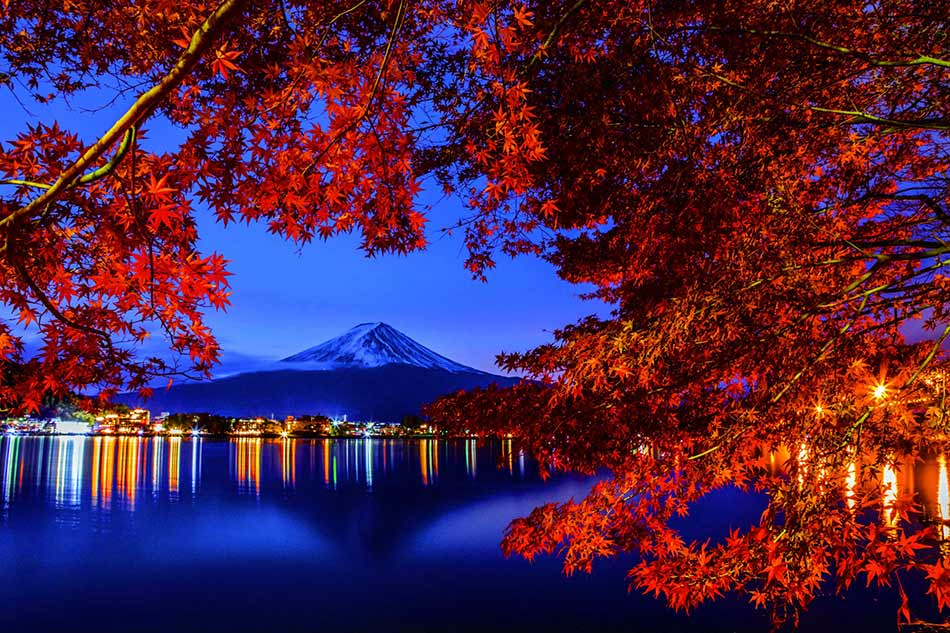
But there's another time of day that produces gorgeous light, too - blue hour.
What is Blue Hour?
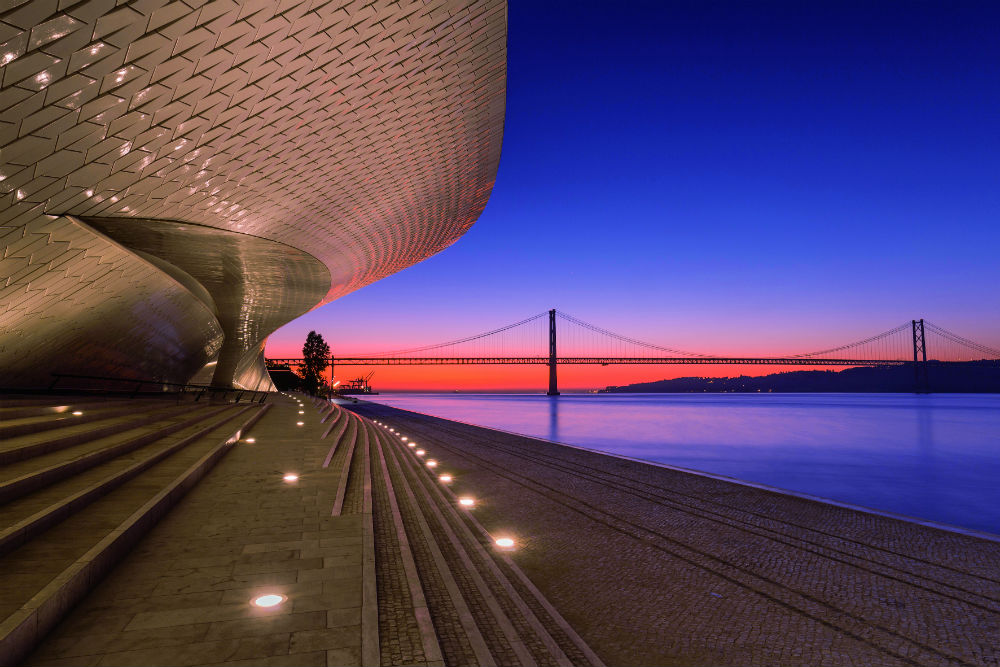 Image Credit: Frank Leinz
Image Credit: Frank Leinz
Blue hour occurs just before sunrise and just after sunset.
That means it precedes golden hour in the morning and follows golden hour in the evening.
Naturally, blue hour is characterized by the blue tones that dominate the light. These blue tones range from light to dark blue, and even to black, depending on how long before sunrise or how long after sunset you're shooting.
Regardless of the tone of the blue light, blue hour offers ultra-soft light that falls beautifully across the landscape, as seen in the image above.
When is Blue Hour?
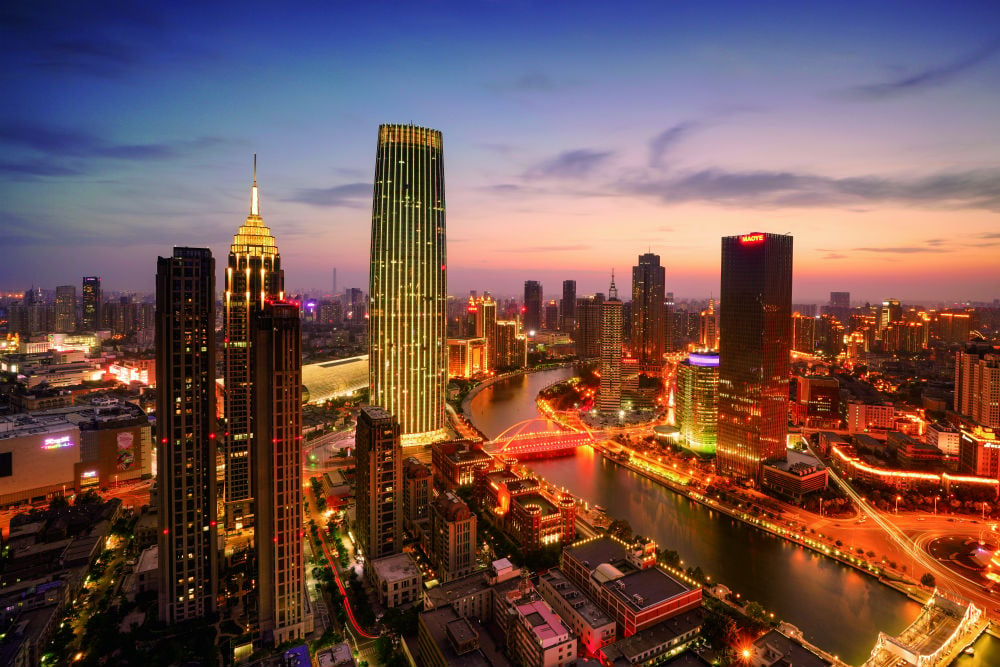 Image Credit:王宝国
Image Credit:王宝国
As noted above, blue hour precedes sunrise and follows sunset.
More specifically, blue hour begins about 30 minutes before the sun rises, with the best blue hour light occurring approximately 10 minutes before the sun rises.
Once the sun appears above the horizon, blue hour light very rapidly disappears.
At sunset, blue hour begins about 10 minutes after the sun has dipped below the horizon and lasts about 30 minutes, though the duration at sunrise and sunset depends on the time of year and the geographic location.
The first key to shooting during blue hour is to plan ahead.
Give yourself plenty of time to get to your desired shoot location and setup your gear with time to spare before blue hour begins!
Blue Hour Photography Tips
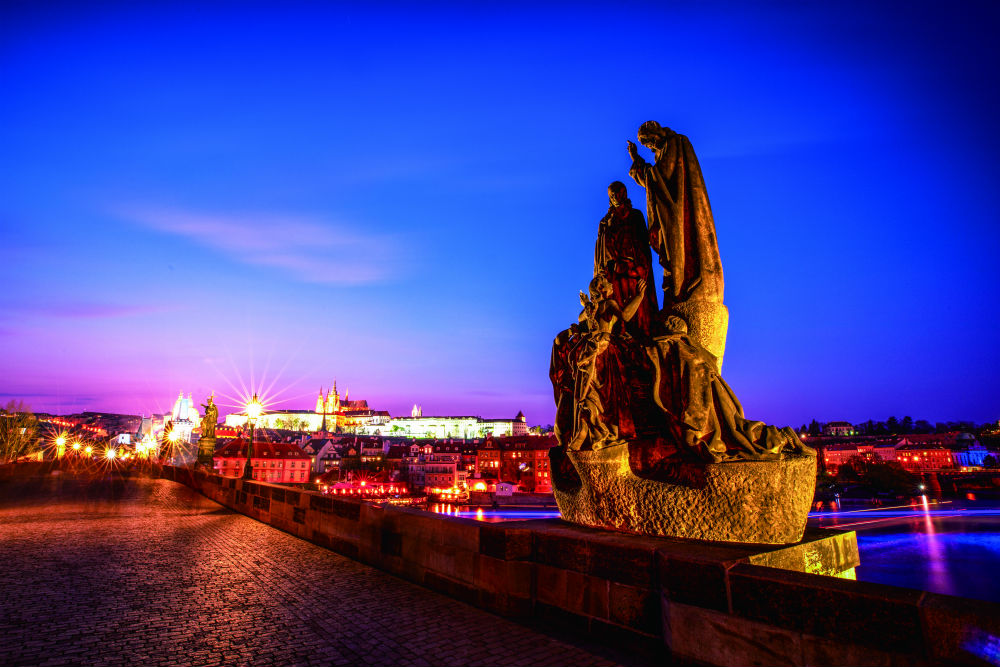 Image Credit: Joseph Mak
Image Credit: Joseph Mak
Perhaps one of the best advantages of shooting during blue hour is the quality of the light and the ease with which you can get a good exposure.
Because blue hour light is so soft, diffuse, and dim, you don't have to worry about bright highlights or deep shadows.
What's more, the softness of the light is ideal for long exposures, like capturing light trails of passing cars or blurring the movement of clouds or water.
As you can see in the image above, the combination of a long exposure and blue hour lighting can result in a beautifully dreamy image.
Below are a few crucial tips for blue hour photography.
Use Shutter Priority Mode
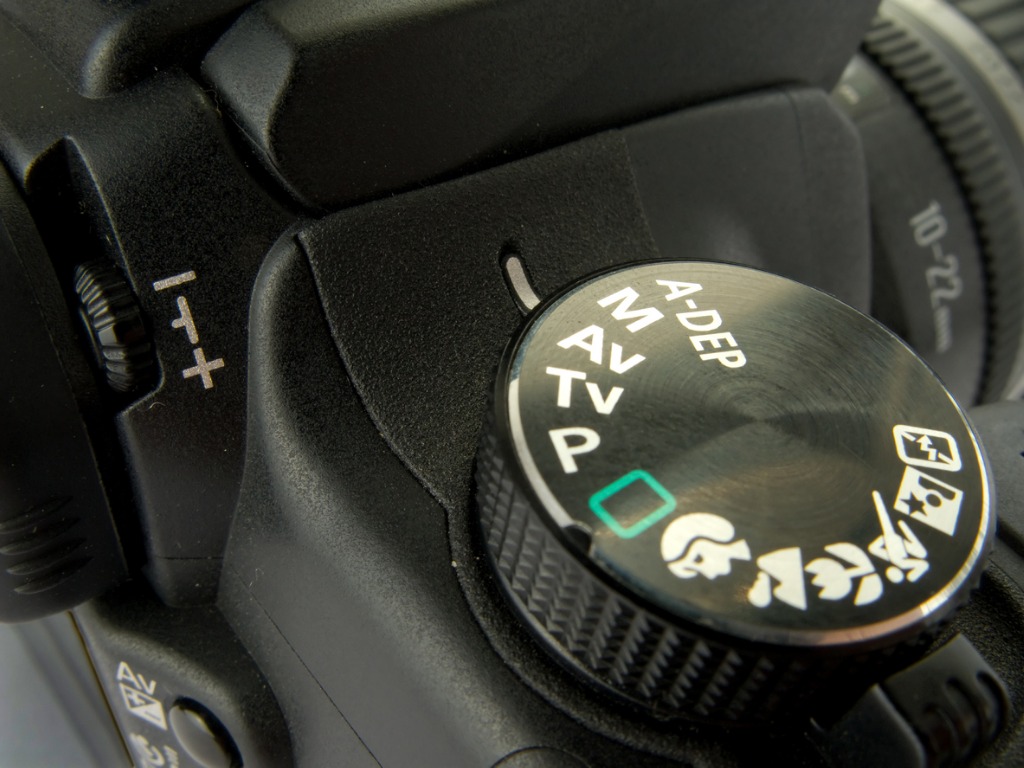
Since you often need extended shutter speeds to gather enough light at blue hour, it makes sense to shoot in shutter priority mode.
In this mode, you select the desired shutter speed (and the ISO, if needed) and the photoshoot camera will select an appropriate aperture such that you get a good exposure.
It's easier than shooting in full manual mode, in which you're responsible for making all three adjustments, and gives you much more control than shooting in full auto mode.
Get Geared Up

Naturally, since longer exposure times are on the table, you need to take the camera out of your hand and put it on a tripod.
With a good, solid tripod, your camera will have the stable base it needs to get the sharpest photos.
Likewise, use a camera remote to help keep things nice and sharp. Even the slightest movements created by touching the camera's shutter button can create enough motion blur to ruin your shots.
Another piece of gear that you might not think to use at blue hour is a lens filter.
In instances in which you want to even out the dynamic range between the sky and the landscape, a graduated neutral density filter (like the one shown above) is a prime choice.
These filters are darker on top and lighter on bottom, thus allowing you to darken the sky for a more even exposure throughout.
If you opt for something like the NiSi V5 Filter Kit, you can get a 3-stop graduated ND filter, a reverse ND grad for shooting right at sunrise and sunset, as well as 6-stop and 10-stop solid neutral density filters for really slowing down your shutter speed, even when shooting during the daytime.
This kit even comes with adaptor rings and a filter holder to affix the filters to your lens, as well as cleaning supplies to keep your filters as clean as possible.
You can see this filter kit in action at blue hour in the video above by Hot Pixels Photography.

But when you're out shooting at this time of morning or night, you might notice a lot of light pollution from streetlights, buildings, and even mercury vapor and sodium in the air.
All of those contaminants can reduce the quality of your images by not only impacting the color of the photo but your ability to see the sky clearly.
To control light pollution, a NiSi Natural Night Filter (like the one shown below) is the ideal choice.
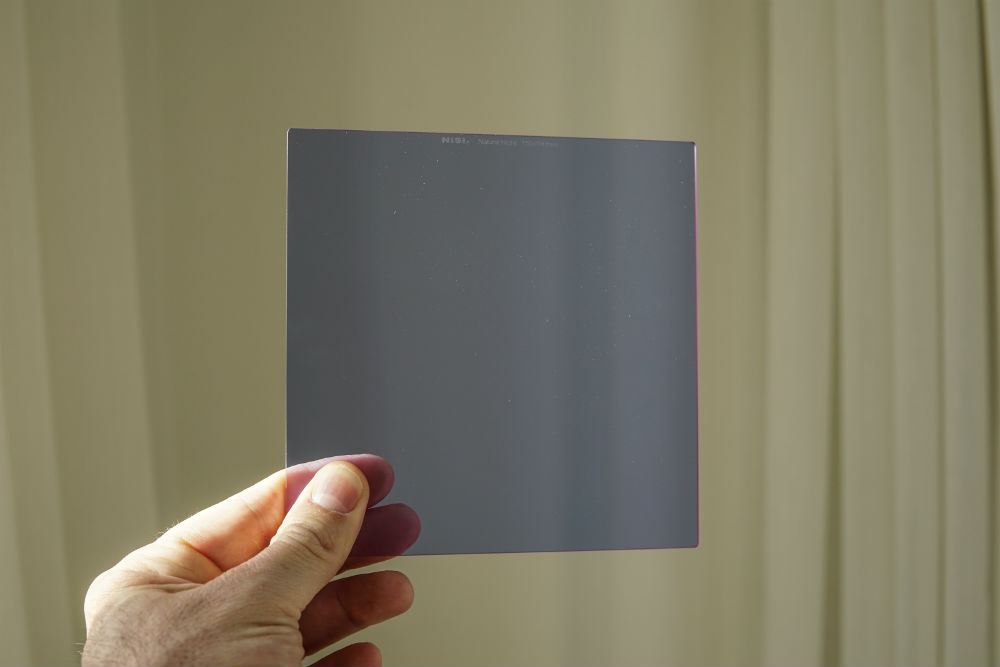
These filters block out wavelengths of light from common light polluting objects and result in the clear, crisp images.
Not only that, but these filters are waterproof and have an oil-resistant nano coating that protects against fingerprints. The double-sided multi-layer coating means these filters are highly durable with ultra low reflections, too.
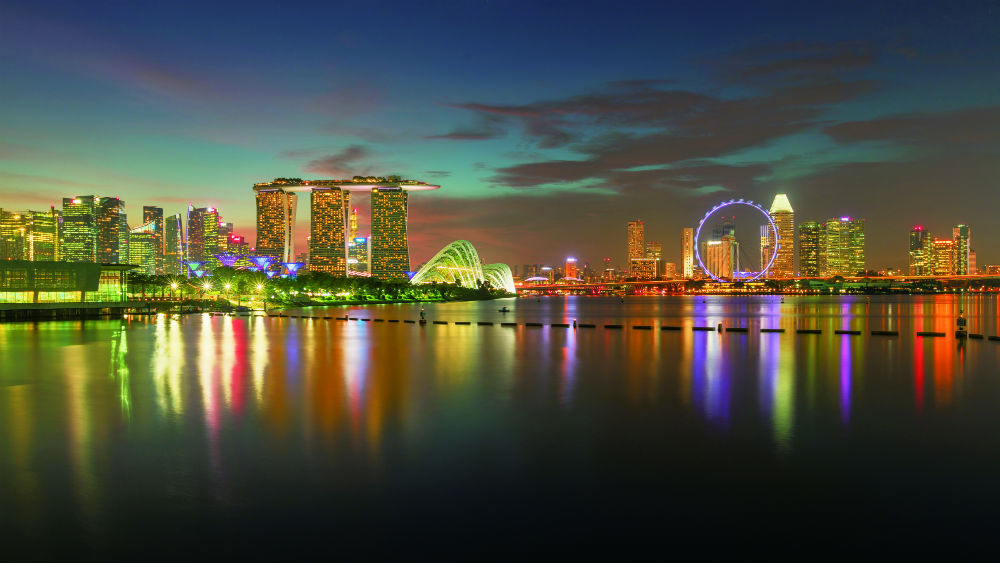 Image Credit: Jerry Wang
Image Credit: Jerry Wang
 Image Credit: Jerry Wang
Image Credit: Jerry Wang
These Natural Night Filters are perfect for shooting popular blue hour scenes light cityscapes, bridges, marinas, and landscapes, as well as night photography subjects like the Milky Way. As you can see in the preceding before and after images, the difference between shooting with a Natural Light Filter and without one is astounding.
In other words, getting the best blue hour photos isn't just about knowing what blue hour is and when it happens. You also need to have the gear that enables you to get the very best photos that you can.
In the video above, you can see multiple examples of how a Natural Night Filter makes all the difference in the world in nighttime shots.
Take inspiration from the images in this article, check out a few composition tips for landscape photography, and get outfitted with filters that will up your photography game.
With a little practice, you'll find that you're much more capable of taking breathtaking photos during blue hour.
This article about "How to Shoot Landscapes at Blue Hour?" was first published on our website here https://www.photographytalk.com/landscape-photography/8363-how-to-shoot-landscapes-at-blue-hour